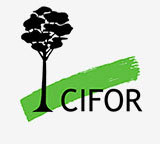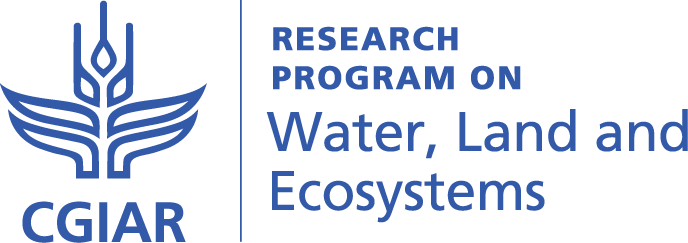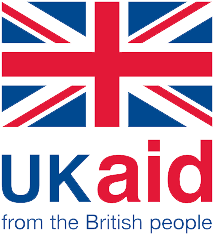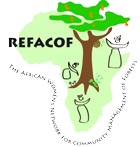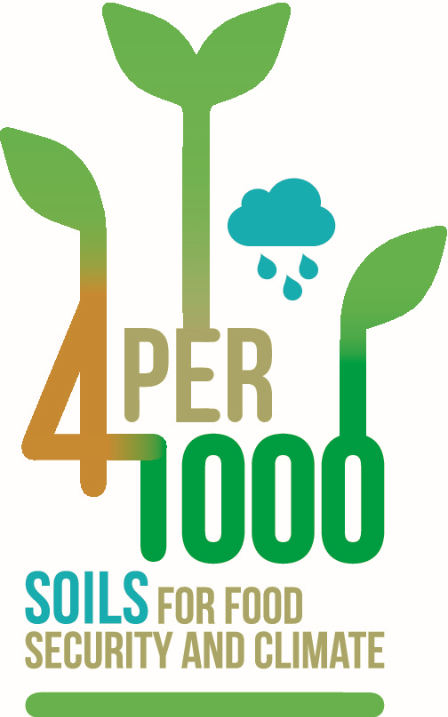This new digital map offers the first significant opportunity to differentiate to a large degree oil palm and pulpwood companies who practice deforestation from those who don’t.
Using satellite technology, combined with information from the Indonesian government, experts at the Center for International Forestry Research in Indonesia have developed the map of Borneo, the world’s largest source of palm oil and a significant source of pulpwood.
The oil palm industry has been responsible for deforestation on a grand scale, but planting on already degraded land is a cornerstone of sustainable development, while oil palm generates efficient income and is the chief livelihood for millions of farmers. More transparency is required to distinguish oil palm companies who practice deforestation from those who avoid deforestation, and to prevent companies being unfairly blamed for recent deforestation.
With CIFOR’S mapping tool, it is possible to measure the time lag between when forest was removed and when plantations were established. The shorter the gap, the more likely it was cleared by a particular company for planting oil palm or pulpwood.
The tool also provides 42 years of history of industrial logging and oil and pulpwood expansion, and can calculate the area that has been actively deforested.
The map is designed to be useful to government and campaigners, and to the industry. Already CIFOR experts have been contacted by Indonesian corporates concerned about illegal logging on their concessions.
Background reading

